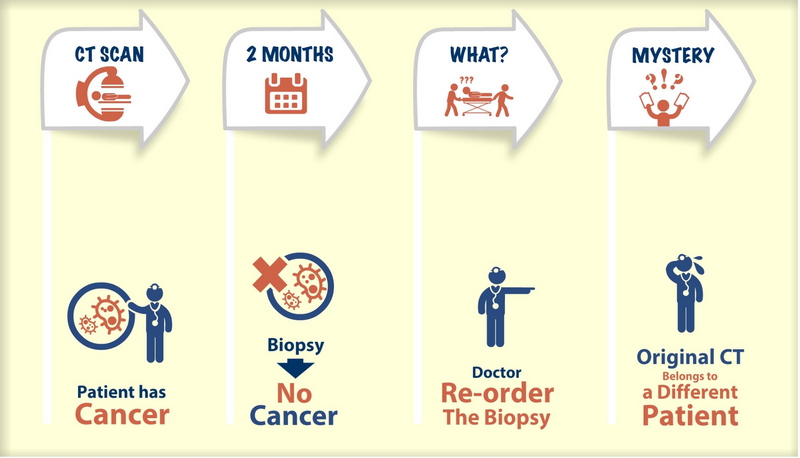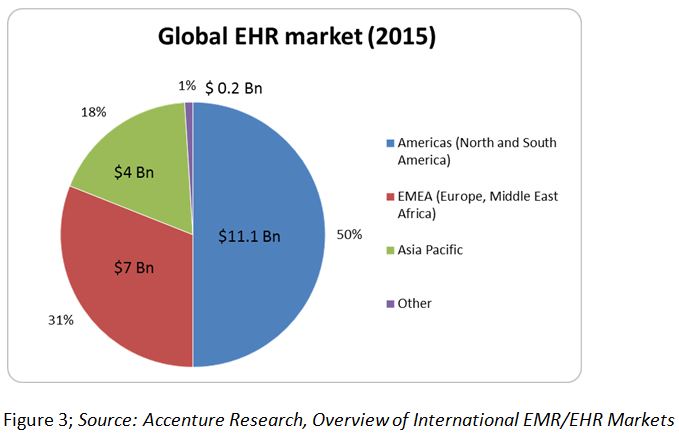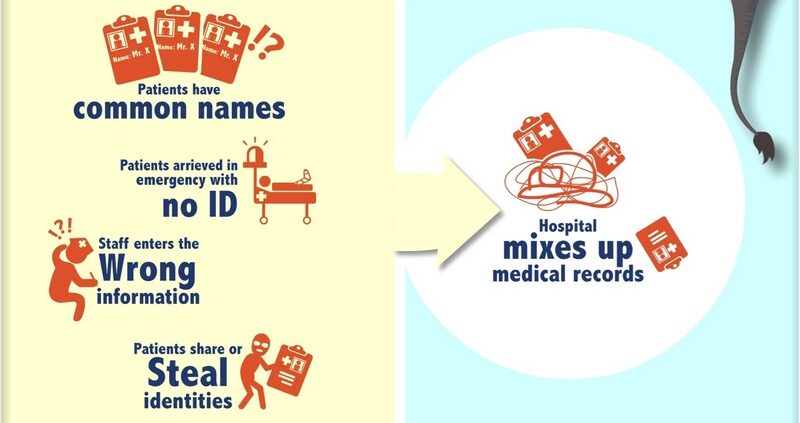Prevent Patient Record Mix-Ups Before It’s Too Late

It’s no secret that patient identification is a challenge, but unfortunately, a frightening number of “wrong patient, right procedure” mix-ups still occur every day in hospitals and health systems around the country.
For example, an article published on bostonglobe.com highlighted a case at UMass Memorial Medical Center where a patient was mistakenly diagnosed with cancer and underwent unneeded medical procedures before hospital staff discovered a mix-up with the patient’s CT scan results. And, according to the article, this is far from an isolated case of mistaken patient identity at this hospital.

The good news is that there are tools that can help hospitals and health systems prevent such dangerous mistakes.
The RightPatient® Cloud, for example, is designed to prevent mix-ups and cases of mistaken identity by streamlining patient identification procedures and reducing the risk of human error—all while dramatically increasing the chances that the right patient receives the right treatment from the right providers.
Most hospitals and health systems rely solely on patient identification procedures that require healthcare staff to use two pieces of patient information, such as full name and date of birth, to match patients to their medical records.
However, in today’s bustling healthcare atmosphere, it can be easy for healthcare staff to forget to perform proper patient identification procedures. And, many patients do not speak English, are unconscious or have similar names and birth dates, all of which increase the risk of medical mix-ups.

Healthcare regulators and public health officials are increasingly sending the message to hospitals and health systems that the time to make changes to patient identification procedures is now—before a potentially disastrous mistake occurs.
By implementing the RightPatient system, hospitals can eliminate patient identification guesswork for healthcare staff. That’s because the RightPatient system captures a photo of each patient upon admission to the hospital.
After the patient is enrolled in the system, the patient’s medical record is locked and can only be opened using the patient’s unique biometric identifiers. The system can be installed on any smartphone or tablet, making it portable enough to meet the unique needs of staff and patients.
Although hospitals are spending millions of dollars on electronic health record systems, population health software and other advanced equipment to protect patients and streamline operations, most of these systems overlook a fundamental aspect of patient safety: Ensuring that healthcare staff are accessing the right records and providing the right care to the right patient.

- The bottom line is that healthcare consumers go to hospitals to get well and hard-working doctors and nurses do everything in their power to make that happen. When patients are not identified correctly, bad things happen.
- The sad fact is that one simple medical record mix-up resulting from a patient mismatch is all that it takes to throw a patient and their family into distress, negate the hard work and dedication of the doctors and nurses who are trying to help, and damage the reputation of the hospital where the incident occurred.
With RightPatient, all that is required to eliminate these risks is a simple snap of a camera when a patient walks into the hospital. That doesn’t sound like too much to ask, does it?










Leave a Reply
Want to join the discussion?Feel free to contribute!